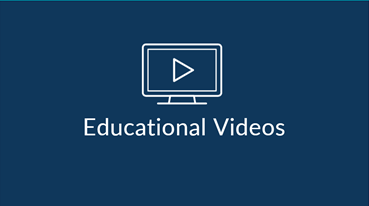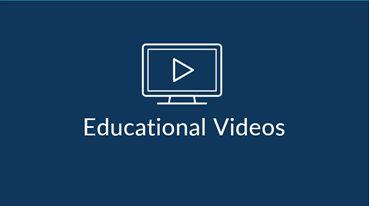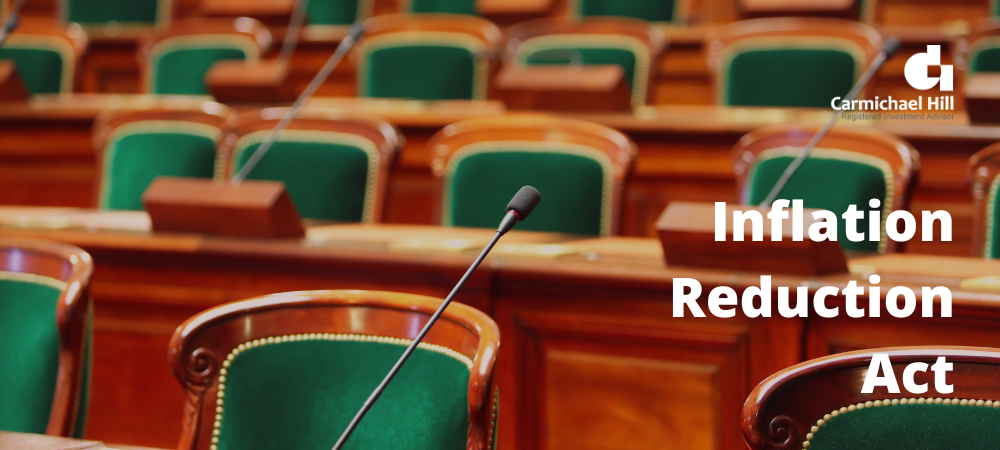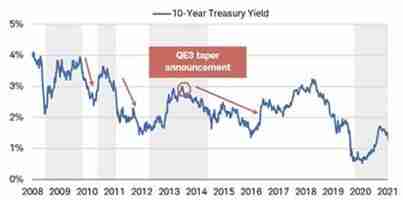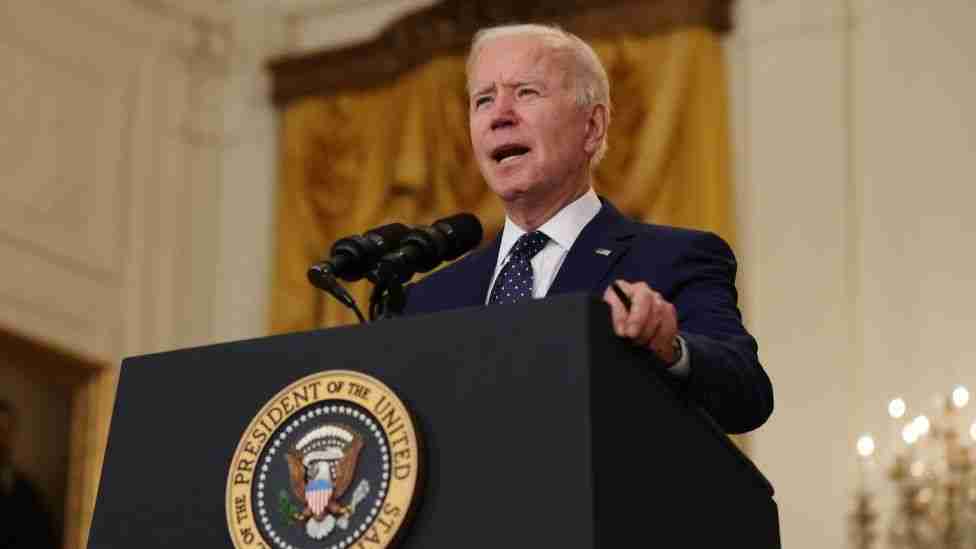President Biden announced a three-part plan last Wednesday to wipe out up to $10,000 of student debt for qualifying borrowers. This is big news for many. The average student loan debt in the US is just a little shy of $33,000[1], which makes the loan forgiveness a whopping ~30% of the average borrower’s obligation. But not everyone will qualify.
Here’s what you need to know about how the plan works, what it means for you, and how to take full advantage of the benefit. But first, we’ve linked the source documents from the initial announcement:
Department of Education announcement
Who Qualifies?
Loan Types
Federal loans qualify for forgiveness; private loans do not. Absent some kind of further clarification, anyone who consolidated Federal loans into a single note with a private lender will not be eligible for the $10k forgiveness.
This hopefully isn’t too many people. Federal loans tend to be cheaper than private loans anyway and make up about 92% of all outstanding student debt1. But a direct consolidation of Federal loans still qualifies.
There is a bit of a gray area around the FFEL program, which are federally backed loans originated by private lenders. These closed to new borrowers in the 2009-2010 academic year and its not clear if these debt holders will get Federal relief. The Department of Education is working on methods for privately-held FFEL loans to qualify but no clear path to forgiveness exists yet for this cohort.
An additional $10k of debt is forgiven for Pell Grant recipients as well. It isn’t that the Grant itself qualifies under this program. Pell Grants are already forgivable under current law. Its that your other Federal loans are forgivable up to a total of $20k if you happened to also receive a Pell Grant.
Income Thresholds
Your income must be below $125,000 for individuals or $250,000 if filing your taxes as married or head of household. The origination date of the loan must also be on or before June 30, 2022[2]. That seems clear enough, but there are a few question marks about what gets counted as income when getting to those cut offs.
Income driven repayment plans use Adjusted Gross Income (AGI, which is found on line 11 of your Form 1040) for their calculations, which would be a good guess. But the White House could just as easily choose to use Modified Adjusted Gross Income (MAGI), which is a bit of a catch all that could include things like tax exempt bond interest. That’s not likely to be a deal breaker for students, but parents with PLUS loans could feel the pinch.
Its also unclear what tax year they will use to define income. Will it be 2020? 2021? Or will it be a multiyear threshold, as in you are eligible if your income was below $125k in any of years from 2020-2022? It feels like it will almost have to be the latter. The administration is using the pandemic emergency as the justification for the debt relief. Hard to believe they’ll qualify some pandemic years but not others.
Possible Workarounds to Qualify for Forgiveness
Amended Tax Returns
The income levels look like cliffs. This means that making $124,999 as a single person with Federal student loans is actually better than if you had made $125k. There are no phase-outs for people who are close to the cut off. Less really could be more. And this invites an interesting question; should you amend a previous tax return to qualify?
The short answer is ‘yes’ if you’re close to the $125k cut off and have avenues available to lower your income. You can’t increase your 401k contributions to help out – those are done on a calendar year basis. But you can go back and make an IRA or HSA contribution retroactively to lower your taxable income. Those are allowed up to your tax filing deadline.
Remember though, IRA contributions are only deductible if you don’t have a workplace retirement plan or your income is below $66,000 single/ $105,000 married. HSA contributions don’t have an income limit but do require you to have been enrolled in a high deductible health plan. That’s something you will need to have elected well beforehand, too. The contribution limit is rather low on HSAs as well at just $3,650 for individuals (double for families). And that limit is split between your contributions and any contributions your employer makes on your behalf.
You can also go back and ‘undo’ a Roth contribution or conversion. The process is known as a recharacterization. While these aren’t legal across multiple tax years (i.e. can’t recharacterize a 2020 conversion in tax year 2021) you are permitted to do it intra year. Amending your return could be powerful if undoing a Roth conversion is enough to move you below the $125k/$250k cap for the previous tax year.
CARES Act Loophole
A provision of the CARES act allows you to request a refund of any student loans paid after March 13, 2020. Only 1.2% of borrowers continued to make their payments since the payment moratorium, but those borrowers can request a refund of their payments to maximize student loan forgiveness. You just need to call your loan servicer to request the refund.
Tax consequences
Loan forgiveness won’t be taxable at the Federal level. Period. But it’s a little more complicated at the state and local level.
Eleven states do not have a state income tax. Debt relief is completely tax free here. A further twenty states automatically conform with Federal tax rules, so debt relief is also tax free in those jurisdictions as well. Maryland and Washington, DC fall into this group.
Some states must pass laws to incorporate changes to the Internal Revenue Code. They have effectively decoupled their definition of income from the Federal definition of income. Other states conform with the Federal definition of adjusted gross income (AGI) but only as of a specific date.
Virginia falls into the last category. It now matches the Federal definition of AGI as of December 31st, 2021. Student loan forgiveness is excluded from taxation at the state level from 2022 to the end of 2025 for VA residents.
Special Considerations for PLUS loans
PLUS loans are those taken out by a parent to pay for a child’s higher education. The relevant income here is that of the parent. The child’s income won’t be considered when calculating the cut off for PLUS loan forgiveness.
Moreover, the PLUS loans don’t appear to have any impact on the child’s ability to have loans in their name forgiven.
This means a one child family could effectively have up to $20k of debt erased between parent and child ($30k for Pell Grant recipients). However, PLUS loan debt relief doesn’t extend across multiple children. If you have $10k of PLUS loans for each of your three children for $30k altogether, your debt relief is still limited to just the $10k.
Finally, active students qualify for debt relief! Your PLUS loans can be wiped while they’re still in school as can any loans in their name so long as the debt came about by June 30, 2022. But, if you claimed your child as a dependent then it will be your income that is used to determine whether loans in their name can be forgiven!
How to Claim
You have until 12/31/2023 to claim the debt relief. The department of education has income information on file for about 8 million people already. Debt forgiveness will be automatic for those in this group who qualify. Everyone else will need to file a form to get the relief, including those who amend their returns.
But the form needed to claim the forgiveness won’t be available until October! You can sign up for the mailing list to get notifications on when the form is released. The Federal Student Aid website also recommends applying no later than November 15th if you want to see your debt relief before the end of the year. This timeline is key, since loan repayments will resume January 1st, 2023 and any unpaid balances (i.e. the $10k) will resume accruing interest at that time.
Tying it all together
About 43M people will have their loans (and monthly payments) reduced while about 20M will have their loans wiped out altogether[3]. That’s big. There is a fierce debate about the merits of the plan and its drawbacks, the fairness of it all, and what the long-term effects may be. We’ll shy away from weighing in on any of one of those particular points. Our job is to educate, inform, and advise. This program provides powerful debt relief for those who qualify, and those who do should strongly consider applying if not automatically eligible.
This is free-ish money, subsidized by the taxpayer and/or a prolific money printing press. Use the benefit provided.
[1] Hanson, Melanie, ‘Student Loan Debt Statistics’, Education Data Initiative, Education Data Initiative, July 29 2022, https://educationdata.org/student-loan-debt-statistics, Accessed 30 August 2022.
[2] Douglas-Gabriel, Danielle & Stein, Jeff. “Biden to cancel up to $10,000 in student loans, $20k for Pell recipients”. The Washington Post. Aug 24 2022. https://www.washingtonpost.com/education/2022/08/24/biden-student-loan-cancellation/. Accessed 30 August 2022.
[3] The White House. (2022 August 24). FACT SHEET: President Biden Announces Student Loan Relief for Borrowers Who Need It Most. [Press Release]. https://www.whitehouse.gov/briefing-room/statements-releases/2022/08/24/fact-sheet-president-biden-announces-student-loan-relief-for-borrowers-who-need-it-most/






